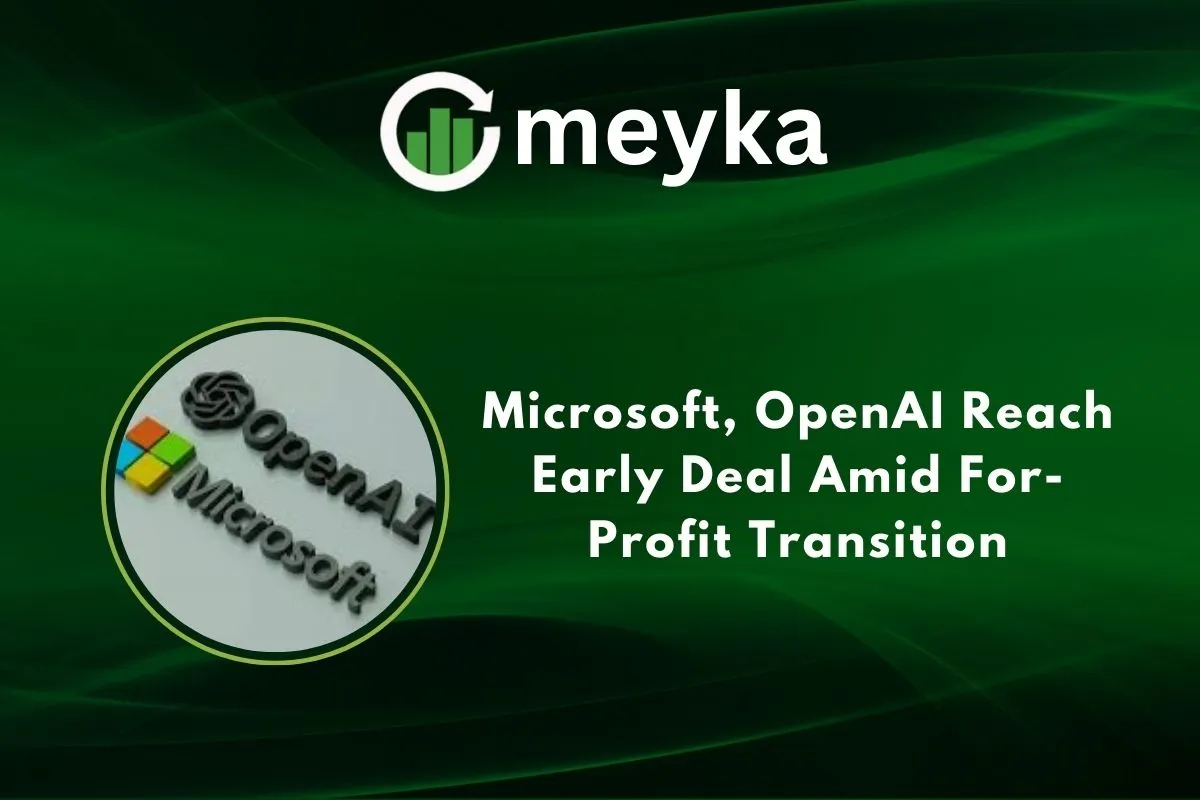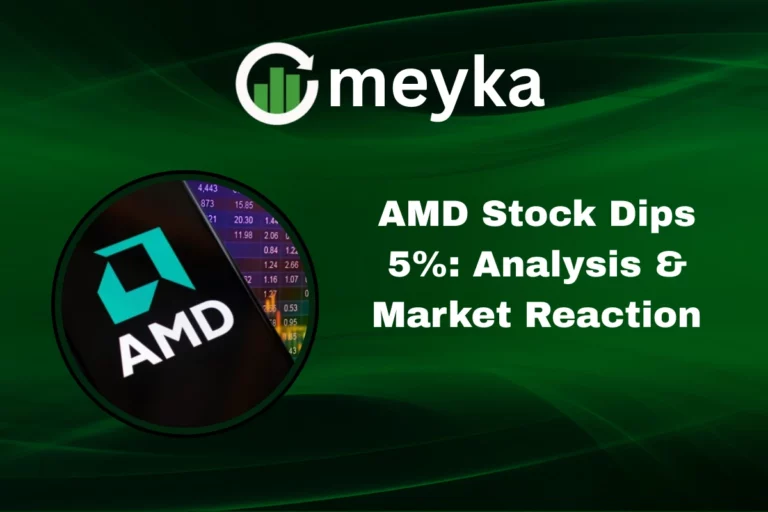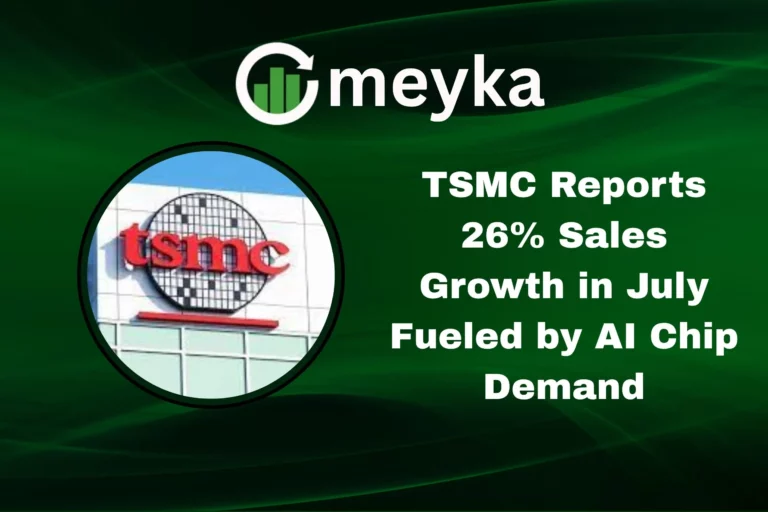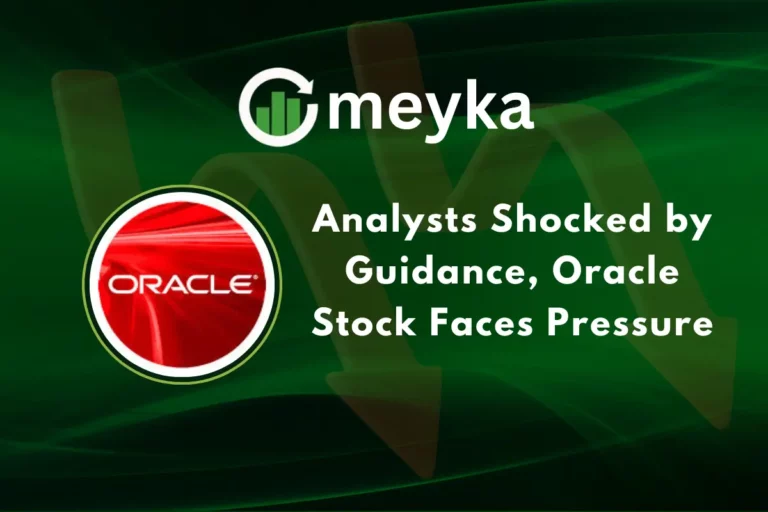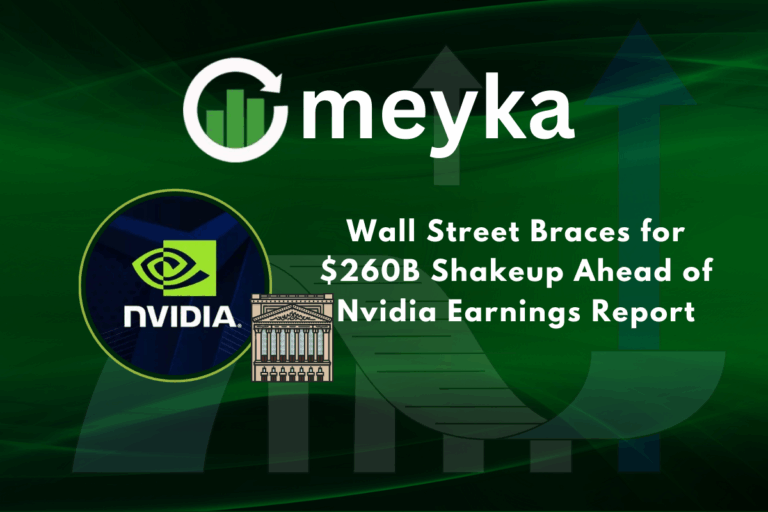Microsoft, OpenAI Reach Early Deal Amid For-Profit Transition
OpenAI started as a nonprofit research lab with a bold mission: to make artificial intelligence safe and useful for everyone. Over the years, the organization grew into a global leader in AI, known for tools like ChatGPT and DALL·E. But building and running advanced AI is expensive, and competition in this field is intense. That is why OpenAI is now shifting toward a for-profit model.
Microsoft, already one of its biggest backers, has stepped in early with a new deal to secure its position. This partnership is not just about money; it is about control, access, and shaping the future of AI. We are watching two giants align at a moment when the industry is moving faster than ever. The deal highlights how profit, governance, and innovation are becoming deeply linked in the AI race.
As we explore this story, we will look at why the transition matters, what Microsoft gains, and how this could change the balance of power in technology.
OpenAI’s For-Profit Transition: What’s Changing?
OpenAI’s roots were nonprofit. But it created a “capped profit” arm in 2019 so it could raise money and give equity to employees. Now, OpenAI is planning to convert that arm into a public benefit corporation (PBC).
A PBC is a legal structure. It allows profit, but also requires the company to work for broader public interests. OpenAI’s nonprofit parent will retain control under the plan. The nonprofit will also get an equity stake worth over $100 billion in the PBC.
The move aims to help OpenAI attract more capital. It also addresses pressure from investors. At the same time, there are concerns about ethics, oversight, and how profit motives might clash with OpenAI’s original mission. We from the tech community will be watching closely.
Microsoft’s Strategic Position
Microsoft is deeply invested in OpenAI. Back in 2019, Microsoft committed $1 billion. Later, more investments followed. Microsoft has also been the preferred cloud provider for many of OpenAI’s models.
With this new deal, Microsoft secures continued influence. The MOU (memorandum of understanding) means Microsoft remains a major partner. But Microsoft may lose some exclusivity over AI model access, depending on the final agreement.
Microsoft gains by keeping first access to OpenAI’s innovations. That helps its Azure cloud business, its enterprise tools, and Copilot integrations. But it also risks competition if OpenAI opens up to more cloud partners.
Details of the Early Deal
What do we know so far?
- OpenAI and Microsoft signed a non-binding MOU for the next phase of their partnership.
- OpenAI would restructure its profit-making arm into a public benefit corporation.
- The nonprofit parent will retain overall decision-making control.
- The nonprofit arm will hold an equity stake of over $100 billion in the newly formed PBC.
- Many contract terms are still not finalized. We don’t know everything yet about what rights Microsoft will keep (e.g., exclusivity, IP, revenue sharing).
This early deal is important. It clears a barrier for OpenAI to raise capital more broadly. It also points to a possible public listing in the future.
Governance and Control Questions
We must ask: who controls what?
OpenAI’s nonprofit board currently has the power to govern high-level mission, safety, and ethics. Under this new deal, the nonprofit retains that governance.
Microsoft has invested heavily. So it wants assurances, influence, and rights in the new structure. But how much? We don’t know the full details. Some terms are still being negotiated.
There are also legal and regulatory concerns. Regulators in California and Delaware must approve changes because of nonprofit oversight laws. Some lawsuits (for example, by Elon Musk) challenge aspects of OpenAI’s transition, citing mission drift or broken promises.
Why This Matters for the AI Industry
This transition isn’t just about OpenAI and Microsoft. It could shift the whole landscape.
- Rivals like Google DeepMind, Anthropic, and Meta are watching. OpenAI raising more capital and changing governance could raise competitive pressure.
- Smaller startups might struggle more if capital flows toward large, well-funded players with approved structures.
- Open source AI development may be affected, especially if model access becomes more restricted or expensive under new deals.
- AI consolidation is a concern. A few big companies having control may limit the diversity of innovation.
Financial and Market Impact
Some numbers to know:
- The nonprofit parent of OpenAI will hold over $100 billion in equity under the PBC structure.
- OpenAI is targeting a very high valuation. Reports say around $500 billion is under discussion in some terms.
- Microsoft’s stock reacted positively after the announcement. The market views this agreement as reducing uncertainty.
Financially, this deal lets OpenAI raise capital more easily. It also lets Microsoft maintain or possibly expand its returns from OpenAI’s successes.
Regulatory and Ethical Considerations
We face several ethical and regulatory issues:
- Mission drift: Can OpenAI maintain safety, fairness, and public benefit while also pursuing profit?
- Data privacy: As OpenAI scales, how will user and training data be protected? Microsoft’s role in cloud infrastructure gives it power over access and control.
- Antitrust & competition: Regulators will ensure Microsoft doesn’t gain unfair dominance. The nonbinding deal still needs approval in California and Delaware.
- Transparency: The public will want clarity on how OpenAI will share benefits, how Microsoft retains rights, and how the nonprofit arm uses its resources.
Future Outlook
What might happen next?
- We may see a definitive agreement by the end of the year. Terms around IP, exclusivity, valuation, and board seats are likely to get locked.
- Possible public benefit corporation listing or partial IPO down the line. This offers a mix of public market capital and accountability.
- Microsoft could continue developing its own AI models in parallel. We already see Microsoft planning more in-house AI work.
- OpenAI may partner more broadly with cloud providers like Oracle and Google in nonexclusive ways. This could reduce Microsoft’s exclusive hold but still preserve the partnership.
Conclusion
We are witnessing a major turning point. Microsoft and OpenAI are redefining their partnership. The for-profit transition is more than structural. It is about the mission, power, and future of AI.
Microsoft remains central. It has leverage and a huge investment. OpenAI aims to balance profit with public benefit. If done well, this deal could prove a model for AI companies. If done poorly, it could raise conflicts and concerns.
Ultimately, this story shows how AI development does not happen in labs alone. It happens in boardrooms, in contracts, under laws, and under public scrutiny. And as AI shapes our future, we must care about who builds it, who owns it, and who it serves.
FAQS:
The deal lets OpenAI change into a public benefit company. Microsoft stays as a key partner, with cloud access and investment rights, while OpenAI raises more funds.
Yes, Elon Musk helped start OpenAI in 2015 with other founders. They wanted safe artificial intelligence. He gave funding but later stepped away from active leadership.
Elon Musk left OpenAI in 2018. He said there were conflicts with Tesla’s AI work. He also disagreed with OpenAI’s direction and leadership decisions.
Disclaimer:
This content is for informational purposes only and is not financial advice. Always conduct your research.
